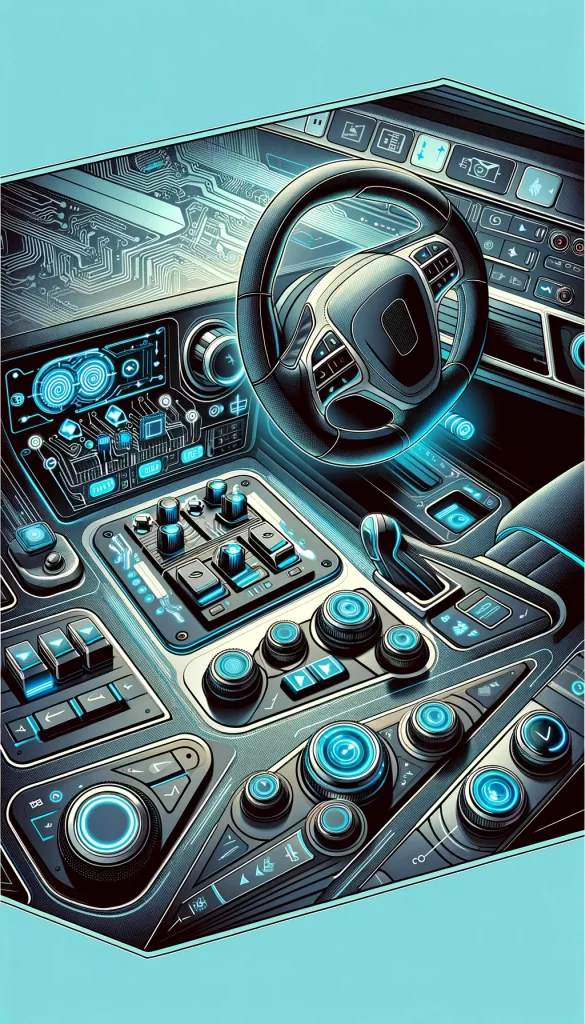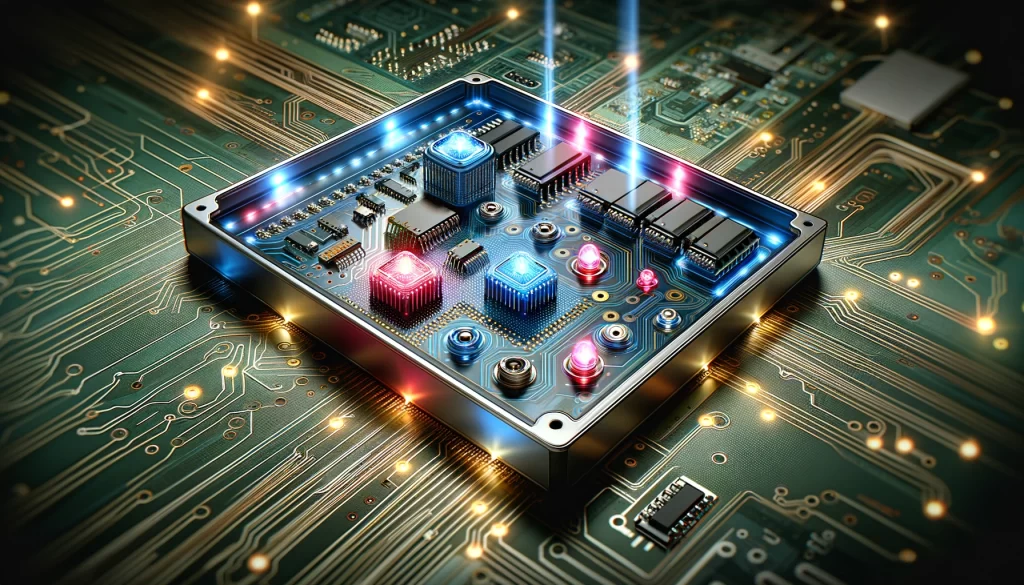Introduction
The automotive industry continually evolves, integrating more advanced technologies to enhance user experience and safety. Tactile membrane switches have become an essential element in this integration, providing a reliable and user-friendly interface for various controls in vehicles. This blog post explores the use of tactile membrane switches in automotive applications, focusing on their benefits, design considerations, and the future of these components in the automotive sector.
Benefits in Automotive Use
1. Durability and Reliability:
- Tactile membrane switches are designed to withstand the demanding conditions of automotive environments, including temperature fluctuations and vibrations.
2. Compact and Lightweight:
- Their slim profile makes them ideal for modern vehicles where space saving is crucial.
3. Customizable Interface:
- They offer flexibility in design, allowing for the customization of controls specific to automotive needs.
4. Enhanced User Experience:
- The tactile feedback provides drivers with a clear response, ensuring commands are executed without the need to look away from the road.
Design Considerations
1. Ergonomics:
- The design of the switches in vehicles must prioritize driver comfort and ease of use, especially for frequently used controls.
2. Aesthetics:
- Integration into the vehicle’s interior design is key, with options for backlighting and color customization to match the dashboard and controls.
3. Safety Features:
- Incorporation of features such as emergency stop functions or haptic feedback to alert drivers in critical situations.
Applications in Vehicles
1. Dashboard Controls:
- Used for various functions, including climate control, entertainment systems, and lighting.
2. Steering Wheel Controls:
- Integrated into the steering wheel for ease of access to cruise control, audio settings, and more.
3. Sensory Alerts:
- Providing haptic feedback as part of collision avoidance systems or lane departure warnings.
The Future of Tactile Switches in Automotive
- With the advancement of smart cars and increased focus on driver-assist technologies, the role of tactile switches is expected to grow, integrating more sophisticated feedback mechanisms and designs.
Conclusion
Tactile membrane switches play a significant role in the automotive industry, enhancing both the functionality and aesthetics of vehicle controls. Their ability to withstand harsh environments, combined with their versatility in design, makes them an ideal choice for modern automotive applications. As technology continues to evolve, so too will the capabilities and applications of tactile membrane switches in the automotive sector, driving towards more intuitive and safer driving experiences.




